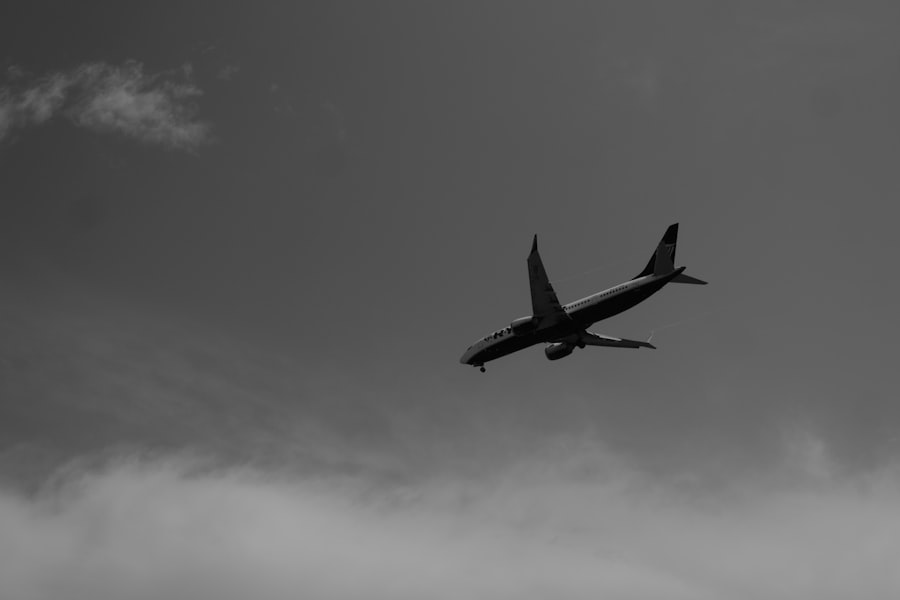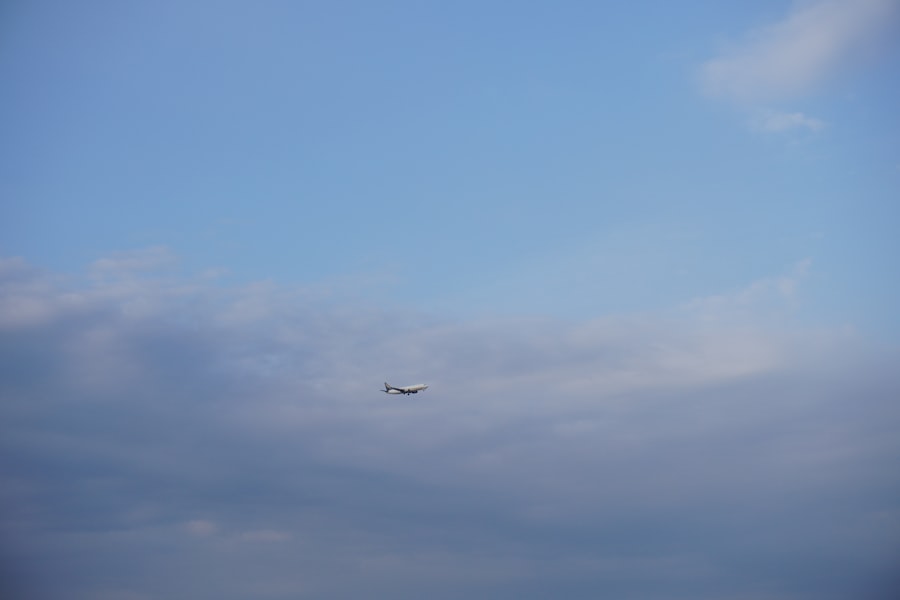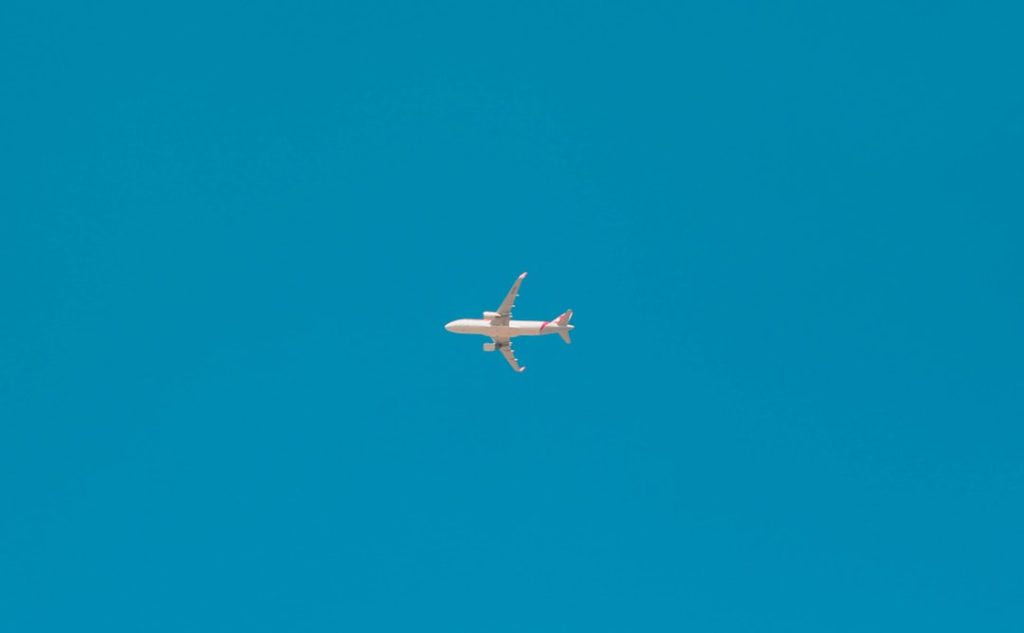The Track Airplane system is a sophisticated technological framework designed to monitor and provide real-time information about aircraft in flight. This system utilizes a combination of satellite technology, radar, and ground-based tracking stations to ensure that air traffic controllers and aviation enthusiasts can keep tabs on the location, speed, and altitude of airplanes. The data collected is not only crucial for air traffic management but also enhances the safety and efficiency of air travel.
By integrating various data sources, the Track Airplane system can offer a comprehensive view of air traffic, allowing for better decision-making and coordination among different stakeholders in the aviation industry. At its core, the Track Airplane system operates through a network of transponders installed on aircraft. These transponders emit signals that are picked up by ground stations and satellites, which then relay the information back to air traffic control centers.
The data includes critical parameters such as the aircraft’s position, heading, and altitude. Additionally, modern systems incorporate advanced technologies like Automatic Dependent Surveillance–Broadcast (ADS-B), which allows aircraft to broadcast their own position data to other aircraft and ground stations. This not only enhances situational awareness for pilots but also contributes to collision avoidance and more efficient routing of flights.
Key Takeaways
- Track airplane system provides real-time information about the location and status of an airplane during a flight.
- Access track airplane information through airline websites, mobile apps, or third-party flight tracking websites.
- Track airplane features include flight status updates, estimated arrival times, and live route maps.
- Using track airplane can help travelers stay informed about flight delays, gate changes, and baggage claim information.
- To use track airplane effectively, ensure that your device is connected to the internet and has the necessary app or website installed.
How to Access Track Airplane Information
Accessing Track Airplane information has become increasingly user-friendly due to advancements in technology and the proliferation of mobile applications and websites dedicated to flight tracking. Numerous platforms provide real-time data on flights, allowing users to search for specific flights by flight number, departure or arrival airport, or even by the aircraft type. Websites like FlightAware and Flightradar24 have gained popularity for their intuitive interfaces and comprehensive databases, enabling users to track flights globally with just a few clicks.
For those who prefer mobile access, various applications are available for both iOS and Android devices. These apps not only provide real-time tracking but also offer additional features such as notifications for flight status changes, estimated arrival times, and even weather conditions at departure and arrival airports. Users can customize their experience by setting alerts for specific flights or routes, ensuring they stay informed about any delays or changes in their travel plans.
The accessibility of this information empowers travelers to make informed decisions and enhances their overall travel experience.
Track Airplane Features and Functions

The features and functions of Track Airplane systems are diverse and cater to a wide range of users, from aviation professionals to casual travelers. One of the most notable features is the ability to view live flight paths on interactive maps. Users can see not only where an aircraft is currently located but also its projected route, which is particularly useful for understanding potential delays or diversions due to weather or air traffic conditions.
This visual representation of flight data makes it easier for users to grasp complex information at a glance. Another significant function of Track Airplane systems is the provision of detailed flight information. This includes not just the current status of a flight but also historical data such as past flight paths, delays, and cancellations.
For aviation enthusiasts or those interested in flight operations, this historical data can be invaluable for analyzing trends or understanding the performance of specific airlines or routes over time. Additionally, many platforms offer insights into aircraft types, including specifications and seating configurations, which can be particularly useful for travelers looking to choose their flights based on comfort or amenities.
Benefits of Using Track Airplane for Air Travelers
| Benefits of Using Track Airplane for Air Travelers |
|---|
| 1. Real-time Flight Tracking |
| 2. Arrival and Departure Updates |
| 3. Gate Information |
| 4. Delay Notifications |
| 5. Weather Updates |
| 6. Flight Status Alerts |
| 7. Baggage Tracking |
The benefits of using Track Airplane systems extend far beyond mere curiosity about flight locations; they significantly enhance the travel experience for passengers. One primary advantage is the ability to receive real-time updates on flight status. Travelers can monitor their flights from the comfort of their homes or while en route to the airport, allowing them to adjust their plans accordingly if delays or cancellations occur.
This proactive approach can reduce stress and uncertainty associated with air travel. Moreover, Track Airplane systems facilitate better communication between airlines and passengers. Many airlines now integrate flight tracking information into their customer service platforms, enabling travelers to receive timely notifications about changes in their flight status directly through email or mobile apps.
This level of transparency fosters trust between airlines and passengers, as travelers feel more informed and engaged throughout their journey. Additionally, being aware of potential delays allows passengers to make informed decisions about connecting flights or accommodations if necessary.
Tips for Using Track Airplane Effectively
To maximize the benefits of Track Airplane systems, travelers should consider several practical tips when utilizing these tools. First and foremost, it is essential to familiarize oneself with the specific platform being used—whether it’s a website or a mobile app. Each platform may have unique features or functionalities that can enhance the user experience.
For instance, some applications allow users to filter flights by airline or airport, while others may provide additional insights into weather conditions affecting flights. Another effective strategy is to set up alerts for specific flights or routes. Many tracking platforms offer customizable notifications that can inform users about changes in flight status, such as delays or gate changes.
By taking advantage of these features, travelers can stay ahead of any potential issues that may arise during their journey. Additionally, it’s beneficial to check multiple sources for flight information, as discrepancies can sometimes occur between different tracking services due to variations in data reporting times.
Safety and Security Considerations with Track Airplane

While Track Airplane systems provide invaluable information for travelers and aviation professionals alike, there are important safety and security considerations that must be acknowledged. One primary concern is the potential for misuse of flight tracking data by individuals with malicious intent. Publicly available flight information can be exploited for nefarious purposes, such as stalking or planning unlawful activities related to aviation security.
As a result, it is crucial for tracking services to implement measures that protect sensitive information while still providing essential data to users. Furthermore, the reliance on technology for tracking flights raises questions about cybersecurity vulnerabilities. As systems become increasingly interconnected through digital platforms, they may become targets for cyberattacks that could disrupt operations or compromise sensitive data.
Aviation authorities and service providers must prioritize robust cybersecurity measures to safeguard against potential threats while ensuring that the integrity of flight tracking information remains intact.
Track Airplane and In-Flight Entertainment
The integration of Track Airplane systems with in-flight entertainment (IFE) has transformed the passenger experience during air travel. Many modern aircraft are equipped with IFE systems that allow passengers not only to enjoy movies and music but also to access real-time flight tracking information directly from their seatback screens. This feature enhances passenger engagement by providing them with a visual representation of their journey, including current altitude, speed, and estimated time of arrival.
Additionally, some airlines have taken this integration a step further by offering interactive maps that allow passengers to explore various geographical locations along their flight path. This feature not only entertains but also educates travelers about the regions they are flying over, enriching their overall travel experience. By combining entertainment with real-time tracking information, airlines create a more immersive environment that keeps passengers informed and engaged throughout their journey.
Future Developments and Innovations in Track Airplane Technology
As technology continues to evolve at a rapid pace, the future of Track Airplane systems promises exciting developments that will further enhance air travel experiences. One area poised for innovation is the integration of artificial intelligence (AI) into flight tracking systems. AI algorithms could analyze vast amounts of data in real time to predict potential delays based on historical patterns, weather conditions, and air traffic trends.
This predictive capability would empower travelers with even more accurate information regarding their flights. Moreover, advancements in satellite technology are likely to improve global coverage for flight tracking systems. As more satellites are launched into orbit with enhanced capabilities, tracking services will be able to provide more precise data even in remote areas where traditional radar coverage is limited.
This will not only improve safety but also enhance operational efficiency for airlines operating in less accessible regions. In conclusion, the evolution of Track Airplane systems reflects broader trends in technology and consumer expectations within the aviation industry. As these systems continue to develop, they will undoubtedly play an increasingly vital role in shaping the future of air travel.


